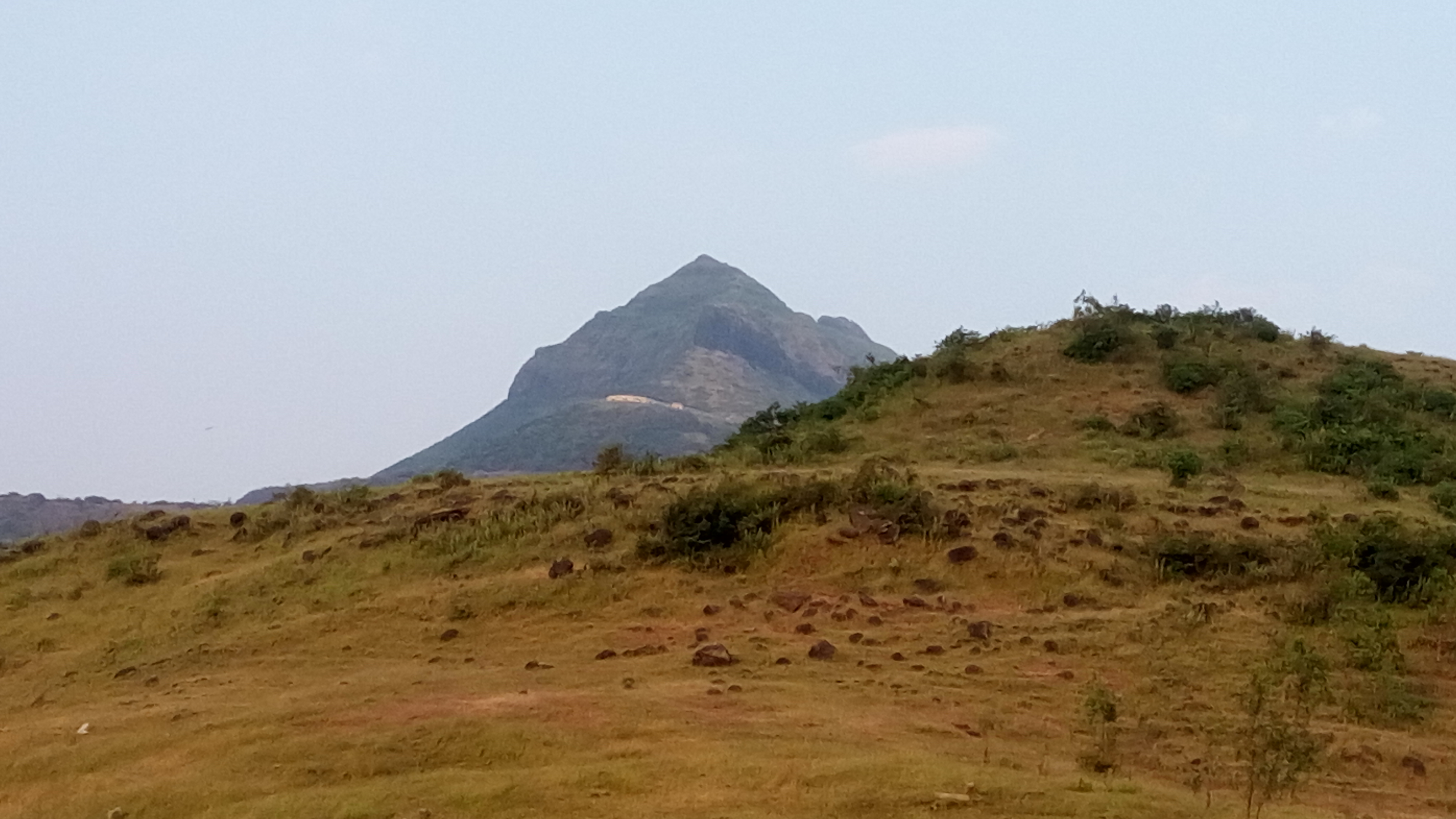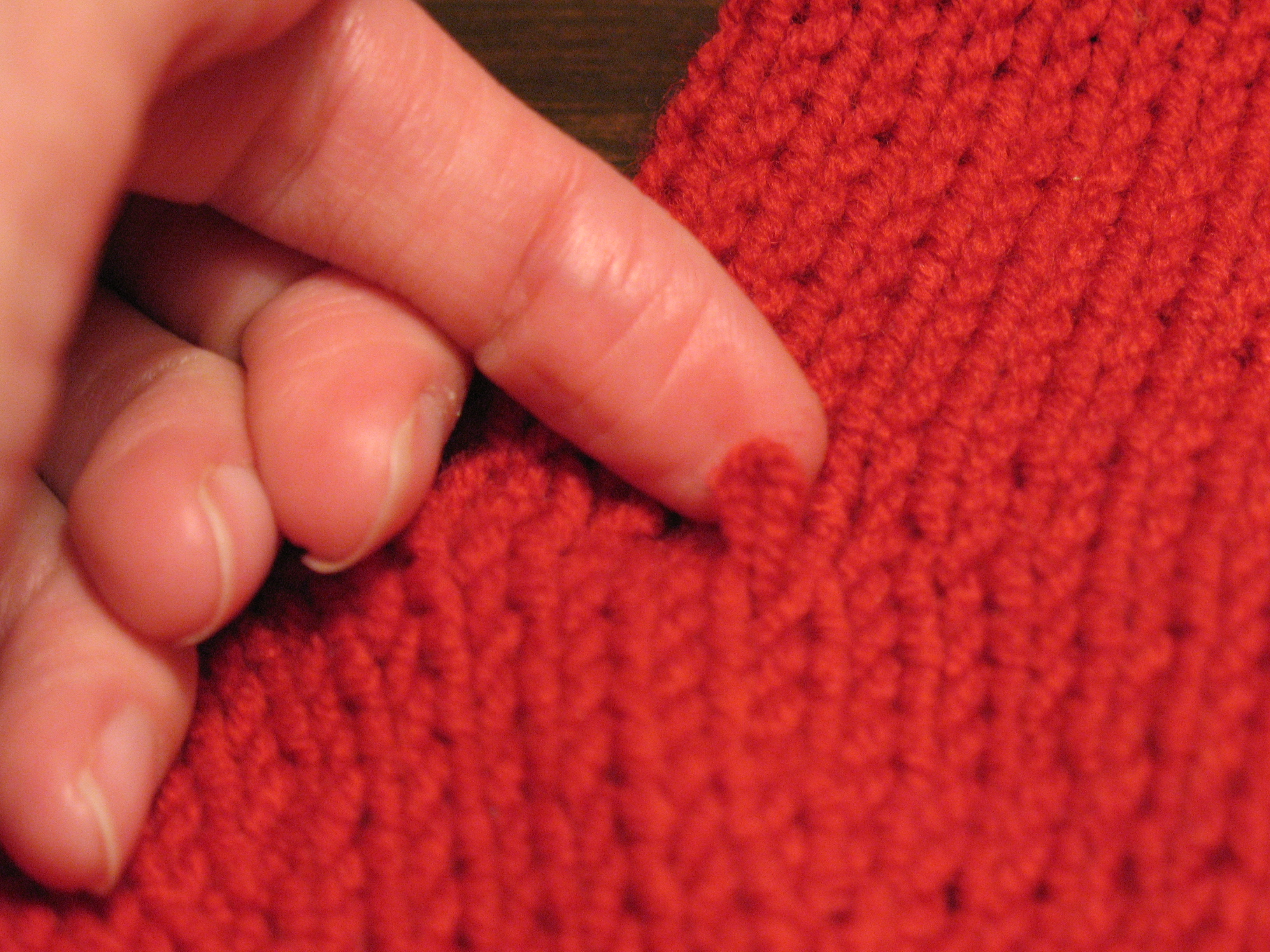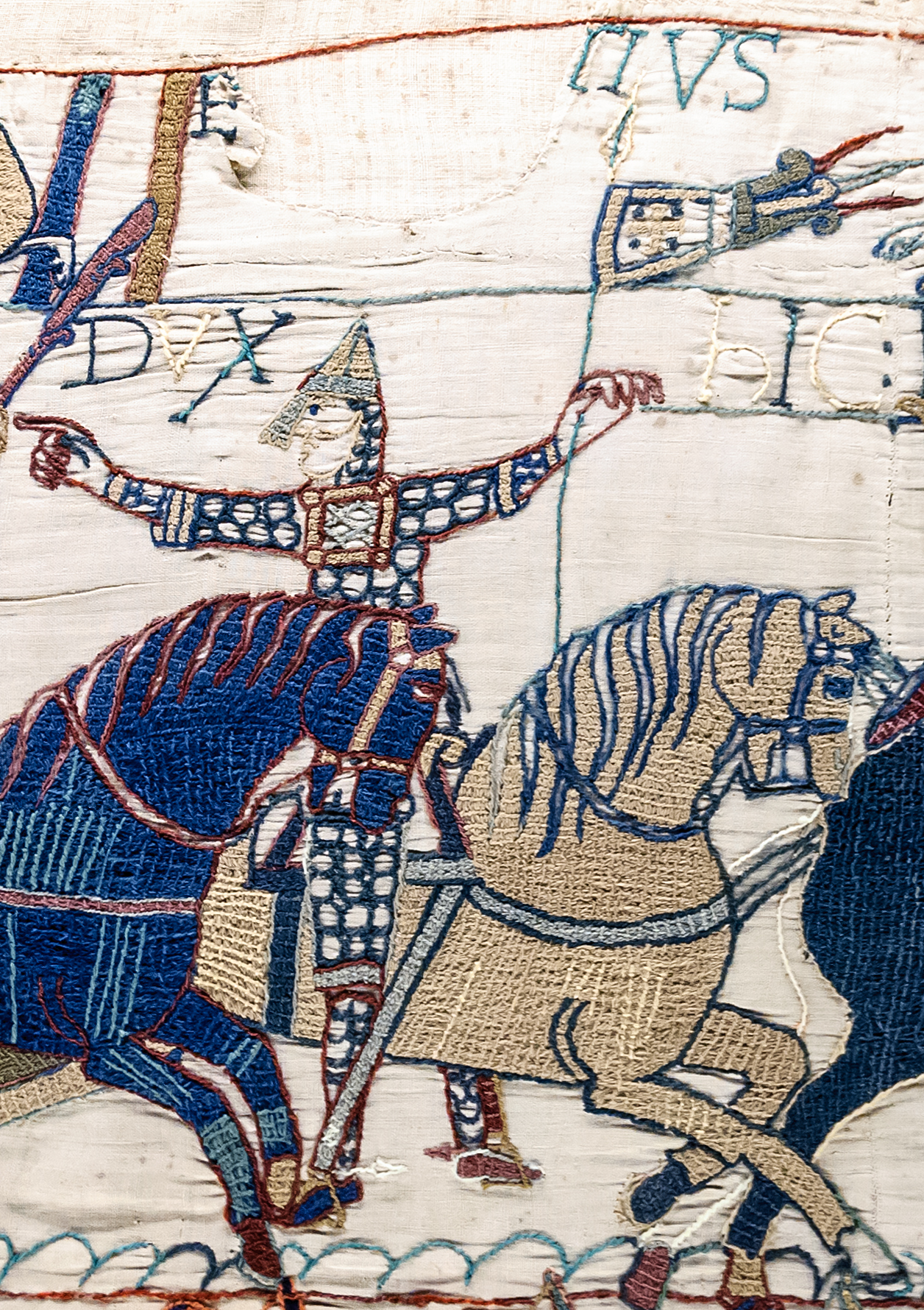|
Gerda Philipsborn
Gerda Philipsborn (30 April 1895 – 14 April 1943) was a German-born educator who made significant contributions to the early development of Jamia Millia Islamia, a central university in Delhi, India. Known for her commitment to youth education and social reform, she is called as the "Aapa Jaan" (elder sister) of Jamia. Early life and education Born in Kiel in 1895, Philipsborn was educated and trained as an opera singer. In Berlin, she initiated her own kindergarten and worked in the Jewish People's home. She was involved in fundraising for the Ben Shemen Youth Village project, an agricultural boarding school in Mandatory Palestine, where she taught in 1932. She was also associated with a Berlin asylum organization for refugee children. Move to India In 1921, Gerda met three Indian students, Zakir Husain, Abid Husain, and Mohammad Mujeeb, who later became the founders of Jamia Millia Islamia and also played important roles in shaping India's political history, with Zakir Husain ... [...More Info...] [...Related Items...] OR: [Wikipedia] [Google] [Baidu] |
Kiel
Kiel ( ; ) is the capital and most populous city in the northern Germany, German state of Schleswig-Holstein. With a population of around 250,000, it is Germany's largest city on the Baltic Sea. It is located on the Kieler Förde inlet of the Bay of Kiel and lies in the southeast of the Jutland Peninsula, on the mouth of the Schwentine River, approximately northeast of Hamburg. The world's busiest artificial waterway, the Kiel Canal, has a terminus in Kiel's Holtenau district. This canal connects the Baltic to the North Sea, with its other end in Brunsbüttel. Most of Kiel is part of Holstein. The boroughs north of the Schwentine also belong to Wagria, while those north of the Kiel Canal are historically part of Southern Schleswig. Kiel is one of Germany's major maritime centres, known for a variety of international sailing events, including the annual Kiel Week, which is the biggest sailing event in the world. Kiel is also known for the Kiel mutiny, Kiel Mutiny, when sailors re ... [...More Info...] [...Related Items...] OR: [Wikipedia] [Google] [Baidu] |
Educational Institution
An educational institution is a place where people of different ages gain an education, including preschools, childcare, primary-elementary schools, secondary-high schools, and universities. They provide a large variety of learning environments and learning spaces. Architecture Types of educational institution Types of educational institution include: Early childhood * Infant school * Kindergarten * Preschool or nursery Primary * Comprehensive school * Elementary school, Elementary, grade or primary school * Junior school * Middle school (partly) * Preparatory school (United Kingdom) Secondary * Academy (English school) * Adult high school * Boarding school * Collegiate institute * Comprehensive school * Comprehensive school (England and Wales) * Grammar school * Gymnasium (school) * * Independent school (UK) * Middle school (partly) * Military high school * Minor seminary * Realschule * Secondary school or high school * Staff college * Studio school * University techni ... [...More Info...] [...Related Items...] OR: [Wikipedia] [Google] [Baidu] |
1943 Deaths
Events Below, the events of World War II have the "WWII" prefix. January * January 1 – WWII: The Soviet Union announces that 22 German divisions have been encircled at Stalingrad, with 175,000 killed and 137,650 captured. * January 4 – WWII: Greek-Polish athlete and saboteur Jerzy Iwanow-Szajnowicz is executed by the Germans at Kaisariani. * January 10 – WWII: Guadalcanal campaign, Guadalcanal Campaign: American forces of the 2nd Marine Division and the 25th Infantry Division (United States), 25th Infantry Division begin their assaults on the Battle of Mount Austen, the Galloping Horse, and the Sea Horse#Galloping Horse, Galloping Horse and Sea Horse on Guadalcanal. Meanwhile, the Japanese Seventeenth Army (Japan), 17th Army makes plans to abandon the island and after fierce resistance withdraws to the west coast of Guadalcanal. * January 11 ** The United States and United Kingdom revise previously unequal treaty relationships with the Republic of China (1912–194 ... [...More Info...] [...Related Items...] OR: [Wikipedia] [Google] [Baidu] |
1895 Births
Events January * January 5 – Dreyfus affair: French officer Alfred Dreyfus is stripped of his army rank and sentenced to life imprisonment on Devil's Island (off French Guiana) on what is much later admitted to be a false charge of treason. * January 6 – The Wilcox rebellion, an attempt led by Robert Wilcox to overthrow the Republic of Hawaii and restore the Kingdom of Hawaii, begins with royalist troops landing at Waikiki Beach in O'ahu and clashing with republican defenders. The rebellion ends after three days and the remaining 190 royalists are taken prisoners of war. * January 12 – Britain's National Trust for Places of Historic Interest or Natural Beauty is founded by Octavia Hill, Robert Hunter and Canon Hardwicke Rawnsley. * January 13 – First Italo-Ethiopian War: Battle of Coatit – Italian forces defeat the Ethiopians. * January 15 – A warehouse fire and dynamite explosion kills 57 people, including 13 firefighters in Butt ... [...More Info...] [...Related Items...] OR: [Wikipedia] [Google] [Baidu] |
Syeda Saiyidain Hameed
Syeda Saiyidain Hameed (born 1943) is an Indian social and women's rights activist, educationist, writer and a former member of the Planning Commission of India. She is the president of the National Federation of Indian Women and the founder trustee of the ''Women's Initiative for Peace in South Asia'' (WIPSA) and the Centre for Dialogue and Reconciliation''.'' She was a member of the National Commission for Women (1997–2000). Hameed received Padma Shri, the fourth highest civilian honour in 2007, for her contributions to Indian society. She chaired the Steering Committee of the Commission on Health which reviewed the National Health Policy of 2002, till the dissolution of the body in 2015, to be replaced by NITI Aayog. Syeda served the Maulana Azad National Urdu University (MANUU) as its chancellor, prior to the accession of Zafar Sareshwala, the incumbent chancellor of the university on 2 January 2015. Biography Syeda Saiyidain Hameed was born in 1943 in the Ind ... [...More Info...] [...Related Items...] OR: [Wikipedia] [Google] [Baidu] |
Child Care
Child care, also known as day care, is the care and supervision of one or more children, typically ranging from three months to 18 years old. Although most parents spend a significant amount of time caring for their child(ren), childcare typically refers to the care provided by caregivers who are not the child's parents. Childcare is a broad topic that covers a wide spectrum of professionals, institutions, contexts, activities, and social and cultural conventions. Early childcare is an important and often overlooked component of child development. A variety of people and organizations are able to care for children. The child's extended family may also take on this caregiving role. Another form of childcare is that of center-based childcare. In lieu of familial caregiving, these responsibilities may be given to paid caretakers, orphanages or foster homes to provide care, housing, and schooling. Professional caregivers work within the context of center-based care (including cr ... [...More Info...] [...Related Items...] OR: [Wikipedia] [Google] [Baidu] |
Purandar Fort
Purandar Fort is a mountain fort in Pune district in the Western Indian state of Maharashtra, India. The fort stands at above sea level in the Western Ghats, to the southeast of Pune.Survey of India - Scale 1:50K Map sheet number 47F/15 The twin forts of Purandar (or Indraneel Parwat) and Vajragad (or Rudramal) of which the latter is the smaller of the two, is located on the eastern side of the main fort rising above sea level. The village of Purandar taluka, Purandar takes its name from this fort. It is the birthplace of Chatrapati Sambhaji Maharaj. History The oldest known reference of existence of the Purandar fort dates back to the Yadava dynasty in the 11th century. After the defeat of the Yadavas by the foreign invaders, the territory surrounding the fort fell into the hands of the invaders who further fortified the Purandar Fort in 1350 A.D. During the early rule of the Ahmadnagar Sultanate, Bijapur and Ahmadnagar Sultanate, Ahmednagar kings, Purandar Fort was amo ... [...More Info...] [...Related Items...] OR: [Wikipedia] [Google] [Baidu] |
British Raj
The British Raj ( ; from Hindustani language, Hindustani , 'reign', 'rule' or 'government') was the colonial rule of the British The Crown, Crown on the Indian subcontinent, * * lasting from 1858 to 1947. * * It is also called Crown rule in India, * * * * or direct rule in India. * Quote: "Mill, who was himself employed by the British East India company from the age of seventeen until the British government assumed direct rule over India in 1858." * * The region under British control was commonly called India in contemporaneous usage and included areas directly administered by the United Kingdom of Great Britain and Ireland, United Kingdom, which were collectively called ''Presidencies and provinces of British India, British India'', and areas ruled by indigenous rulers, but under British British paramountcy, paramountcy, called the princely states. The region was sometimes called the Indian Empire, though not officially. As ''India'', it was a founding member of th ... [...More Info...] [...Related Items...] OR: [Wikipedia] [Google] [Baidu] |
Sevagram
Sevagram (meaning "A town for/of service") is a town in the state of Maharashtra, India. It was the place of Mahatma Gandhi's ashram and his residence from 1936 to his death in 1948. After Sabarmati, Sevagram Ashram holds immense importance due to the residence of Mahatma Gandhi. Overview Sevagram, originally Segaon, is a small village, located about 8 km from Wardha. Gandhi set up what eventually became an ashram in the outskirts of the village. Seth Jamnalal Bajaj of Wardha, a disciple of Gandhi, made available to the ashram about 300 acres (1.2 km2) of land. Near the ashram there is a museum where artifacts of India's freedom struggle are preserved. History When Gandhi started his padayatra (foot march) in 1930 from Sabarmati Ashram to Dandi for the Salt Satyagraha, he decided not to return to Sabarmati till India achieved independence. Gandhi was imprisoned for more than two years. On his release he spent some time travelling around India. He decided to ... [...More Info...] [...Related Items...] OR: [Wikipedia] [Google] [Baidu] |
Knitting
Knitting is a method for production of textile Knitted fabric, fabrics by interlacing yarn loops with loops of the same or other yarns. It is used to create many types of garments. Knitting may be done Hand knitting, by hand or Knitting machine, by machine. Knitting creates Stitch (textile arts), stitches: loops of yarn in a row; they can be either on straight flat needles or in ''the round'' on needles with (often times plastic) tubes connected to both ends of the Knitting needle, needles. There are usually many ''active stitches'' on the knitting needle at one time. Knitted fabric consists of a number of consecutive rows of connected loops that intermesh with the next and previous rows. As each row is formed, each newly created loop is pulled through one or more loops from the prior row and placed on the ''gaining needle so'' that the loops from the prior row can be pulled off the other needle without unraveling. Differences in yarn (varying in fibre type, Yarn weight, ''w ... [...More Info...] [...Related Items...] OR: [Wikipedia] [Google] [Baidu] |
Embroidery
Embroidery is the art of decorating Textile, fabric or other materials using a Sewing needle, needle to stitch Yarn, thread or yarn. It is one of the oldest forms of Textile arts, textile art, with origins dating back thousands of years across various cultures. Common Embroidery stitch, stitches found in early embroidery include the chain stitch, Buttonhole stitch, buttonhole or blanket stitch, running stitch, satin stitch, and cross stitch. Modern embroidery continutes to utilize traditional techniques, though many contemporary stitches are exclusive to machine embroidery. Embroidery is commonly used to embellish accessories and garments is usually seen on quilts, clothing, and accessories. In addition to thread, embroidery may incorporate materials such as Pearl, pearls, Bead, beads, Quill, quills, and Sequin, sequins to highlight texture and design. Today, embroidery serves both decorative and functional purposes and is utilized in fashion expression, cultural identity, and ... [...More Info...] [...Related Items...] OR: [Wikipedia] [Google] [Baidu] |
Primary School
A primary school (in Ireland, India, the United Kingdom, Australia, New Zealand, Trinidad and Tobago, Jamaica, South Africa, and Singapore), elementary school, or grade school (in North America and the Philippines) is a school for primary education of children who are 4 to 10 years of age (and in many cases, 11 years of age). Primary schooling follows preschool and precedes secondary schooling. The International Standard Classification of Education considers primary education as a single phase where programmes are typically designed to provide fundamental skills in reading, writing, and mathematics and to establish a solid foundation for learning. This is International Standard Classification of Education#Level 1, ISCED Level 1: Primary education or first stage of basic education.Annex III in the I ... [...More Info...] [...Related Items...] OR: [Wikipedia] [Google] [Baidu] |










